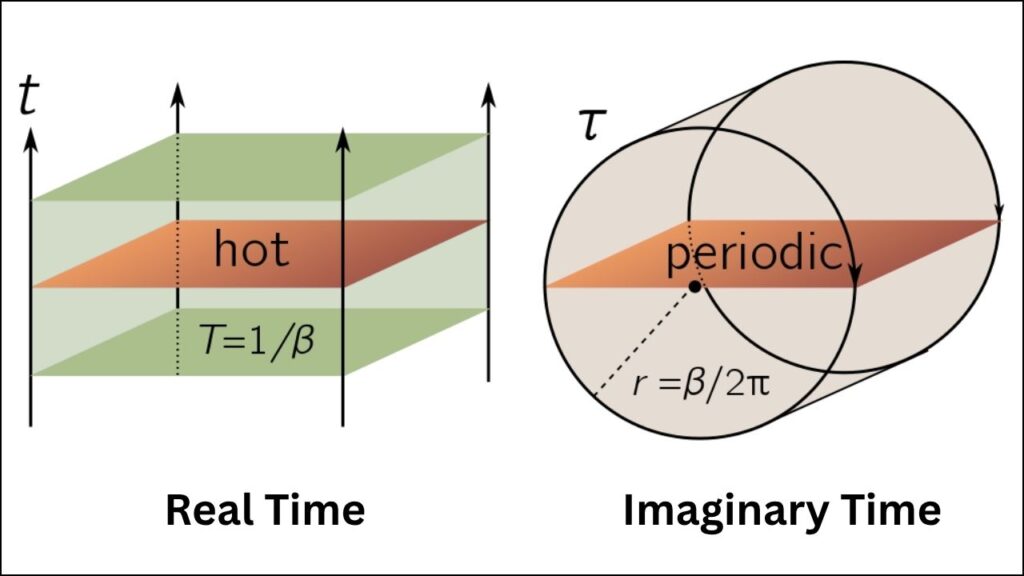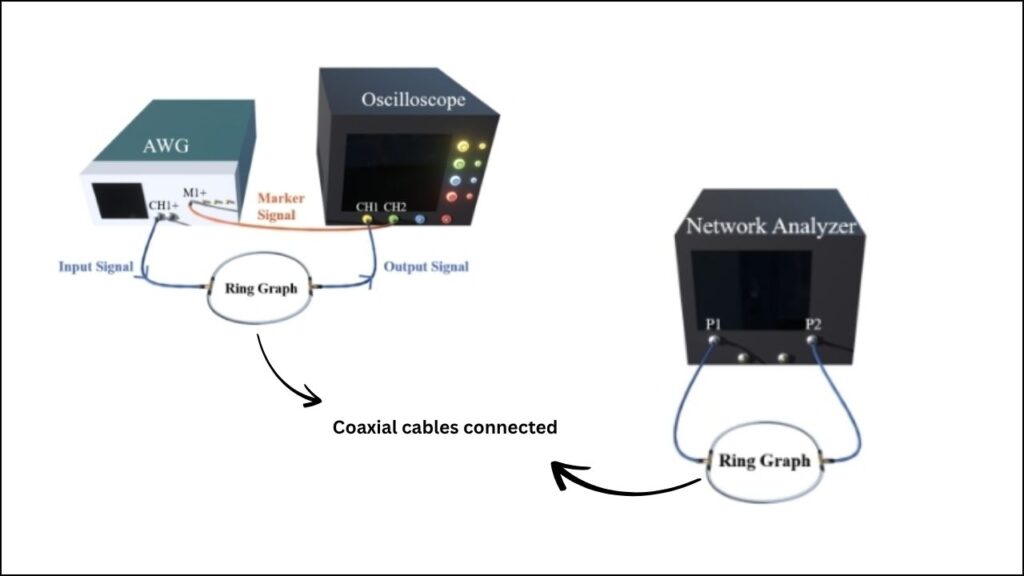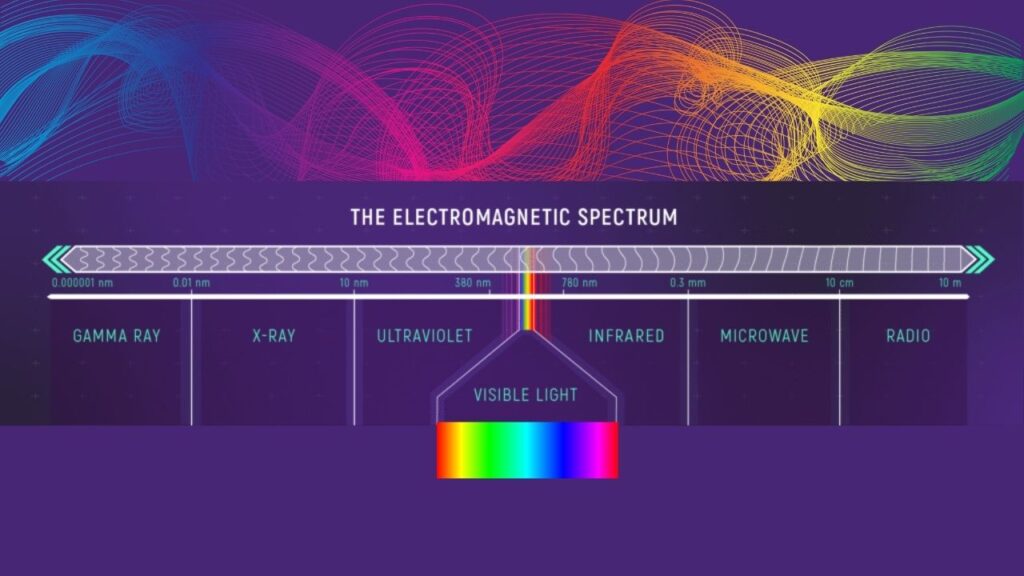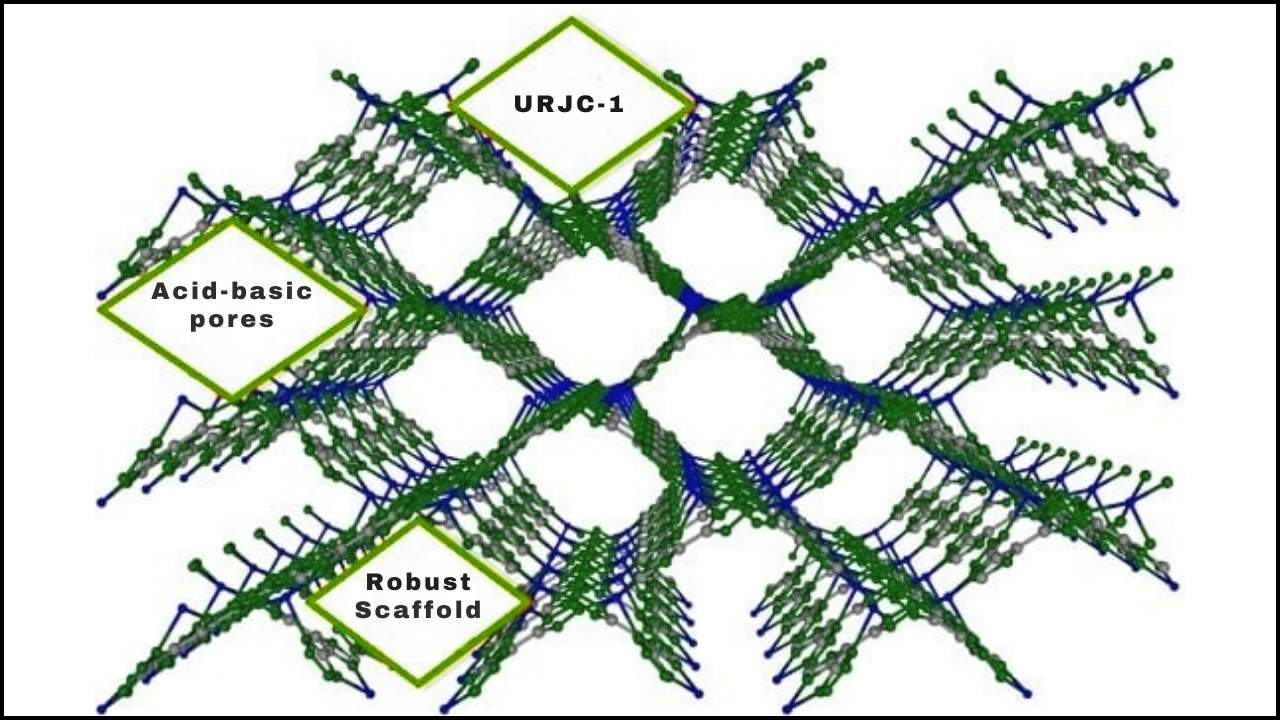Physicists Catch Light in Imaginary Time: For the first time in history, physicists have caught light behaving in “imaginary time,” a mind-bending concept that bridges the gap between abstract mathematics and real-world experiments. This breakthrough, led by researchers at the University of Maryland, is reshaping how we understand light, time, and the very fabric of the universe—and it’s opening doors to new technologies that could change our lives.

Imagine shining a flashlight through a glass of water. The light slows down as it travels through the water, and scientists can measure this delay to learn about the water’s structure. Now, imagine if instead of just slowing down, the light was traveling through a kind of time that doesn’t exist in our everyday world—this is what “imaginary time” is all about. It’s not science fiction; it’s a real mathematical trick that helps physicists solve complex problems about how light interacts with matter.
Physicists Catch Light in Imaginary Time
| Topic/Keyword | Key Data/Stats | Career/Professional Insights |
|---|---|---|
| Imaginary Time | First experimental observation | Quantum optics, photonics, materials |
| Light Behavior | Microwave, coaxial circuits | Advanced light manipulation |
| Quantum Experiments | Double-slit in time | Analog computers, simulations |
| Topological Light | Spatio-temporal crystals | Stable light pulses, robust systems |
| Educational Resources | Stephen Hawking’s books | Public science education |
The discovery that physicists can catch light in imaginary time is a huge leap forward for science. It shows that even the most abstract mathematical ideas can help us understand and control the real world. This research is opening new doors in quantum optics, materials science, and technology, and it’s a reminder that the universe is full of surprises waiting to be uncovered.
What Is Imaginary Time?
Imaginary time is a mathematical concept used in advanced physics to help solve tricky equations, especially in quantum mechanics and relativity. It’s not “imaginary” in the sense of being make-believe—it’s just a way of describing time using numbers that include the square root of negative one, which mathematicians call “i”. In simple terms, if regular time is a straight line, imaginary time is like a twist or a turn in that line, helping scientists see patterns and behaviors that are otherwise hidden.

Why do physicists use imaginary time?
Because it makes hard problems easier to solve. For example, when light travels through a material, it gets delayed and scattered. Imaginary time helps physicists calculate exactly how much delay happens and what it tells us about the material’s structure.
The Experiment: How Did They Catch Light in Imaginary Time?
The University of Maryland team built a special circuit using coaxial cables—the same kind of cables you might find in your home’s internet setup—connected in a circle. They sent pulses of microwave radiation (a type of light we can’t see) through this circuit, which acted like a tiny, controlled environment where light could interact with itself and the cables.

By carefully measuring how the light pulses changed as they traveled, the physicists could see what happens when light experiences “imaginary time.” This is the first time anyone has directly observed this phenomenon in an experiment.
What did they discover?
They saw that imaginary numbers—those weird math tools—actually describe real, measurable processes in the lab. This means that even though imaginary time seems abstract, it has real effects that scientists can now study and understand.
Why Does This Matter?
For Science:
This discovery helps physicists better understand how light interacts with materials at the atomic level. It also validates the use of imaginary numbers in physics, showing that these mathematical tools are more than just tricks—they’re essential for describing the real world.
For Technology:
Understanding how light behaves in imaginary time could lead to new ways of controlling light, which is crucial for developing faster computers, better medical imaging, and more efficient communication systems.
For Everyday Life:
While you won’t see “imaginary time” in your daily routine, the technologies that come from this research could one day make your phone faster, your internet more reliable, and your doctor’s scans more accurate.
A Simple Guide: How Imaginary Time Works
Let’s break down the concept in easy-to-follow steps:
- Regular Time:
Think of time as a straight line from past to future. - Imaginary Time:
Now, imagine twisting that line so it includes a direction that isn’t up, down, left, or right, but something else entirely—mathematicians call this “i.” - Why Use It?
This twist helps physicists solve equations about how light and particles move through materials. - The Experiment:
Scientists send light through a special circuit and measure how it changes, using imaginary time to explain what they see. - The Result:
They confirm that imaginary time isn’t just a math trick—it’s a real part of how the universe works.
Practical Examples and Fun Facts

- Double-Slit Experiment in Time:
Just like the famous experiment where light passes through two slits to create patterns, scientists have now made “slits in time” using special materials that change how they interact with light in less than a trillionth of a second. This shows that light’s behavior isn’t just about space—it’s about time, too. - Light as a Fluid:
Researchers have even made light act like a fluid, flowing and swirling in ways that mimic the fabric of space-time itself. This helps scientists study extreme environments like black holes right here on Earth. - Creating Light from Nothing:
Other teams have manipulated time and space to create light from what seems like empty space, using structures called spatio-temporal crystals. This could lead to new kinds of energy sources and ultra-stable light pulses for advanced technologies.
World’s Thinnest Silicon-Based Material Unveiled, Opening New Frontiers for Next-Gen 2D Electronics
Researchers Develop Metallic Materials Using Data-Driven Frameworks and Explainable AI
FAQs About Physicists Catch Light in Imaginary Time
Q: What is imaginary time?
A: Imaginary time is a mathematical way of describing time using numbers that include the square root of negative one. It’s used in advanced physics to solve complex problems about light and matter.
Q: Is imaginary time real?
A: Imaginary time isn’t something you can see or touch, but it’s a real tool that helps physicists understand how the universe works. The recent experiment shows that it describes real, measurable processes.
Q: How does this affect everyday life?
A: Right now, it mostly helps scientists understand the universe better. In the future, it could lead to new technologies like faster computers and better medical devices.
Q: Can I see light in imaginary time?
A: Not directly—the experiments use special equipment to measure how light behaves. But the results help scientists see patterns that would otherwise be invisible.
Q: Why is this discovery important?
A: It bridges the gap between abstract math and real-world experiments, showing that even the strangest ideas in physics can have practical applications.







